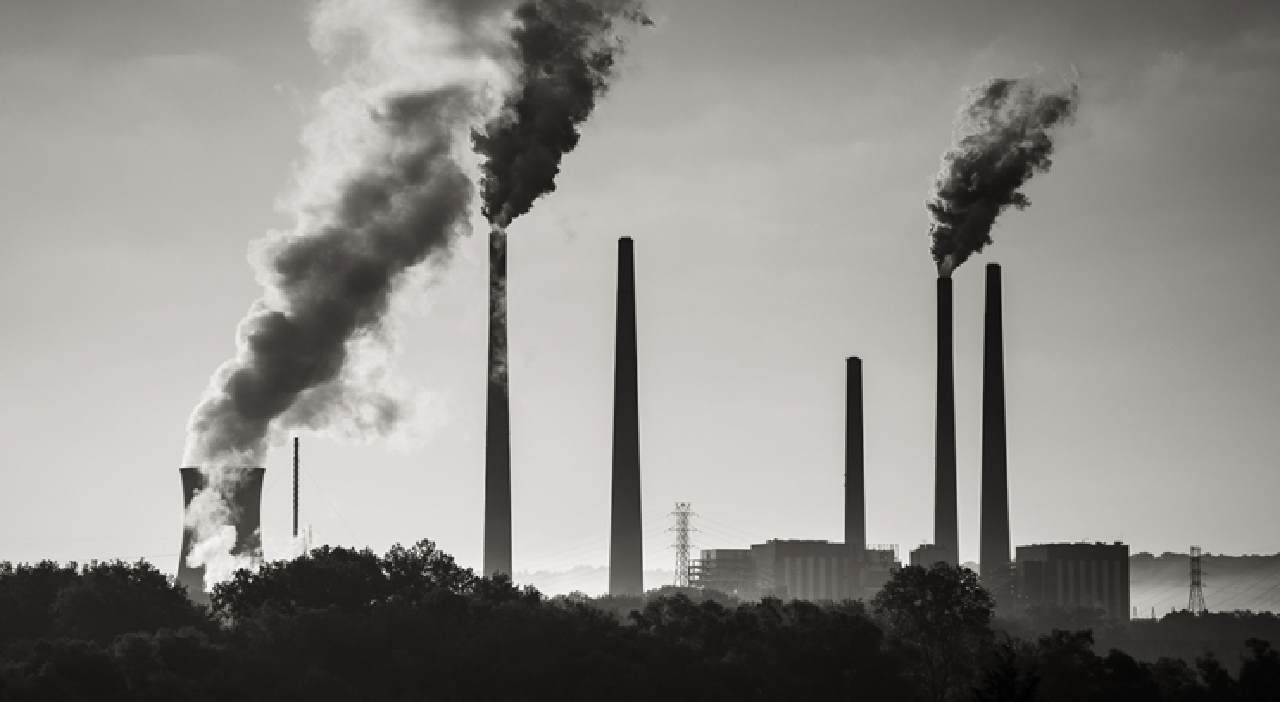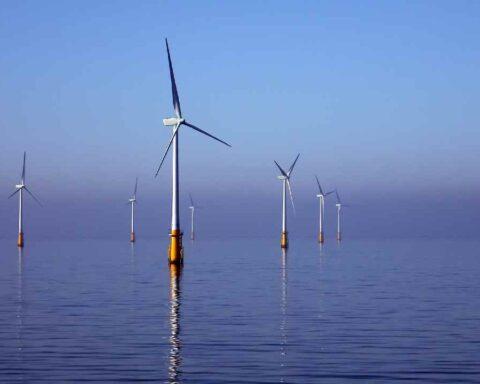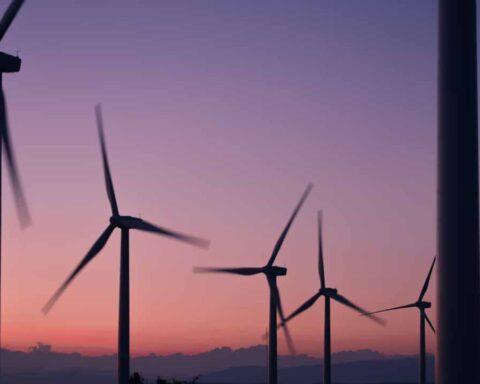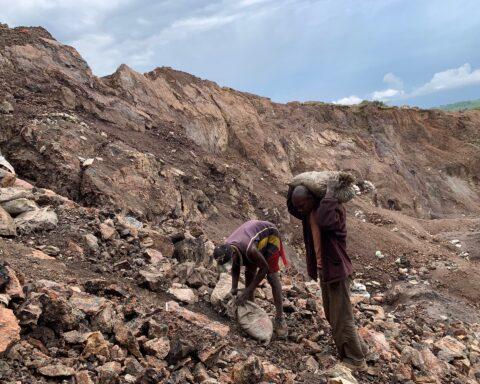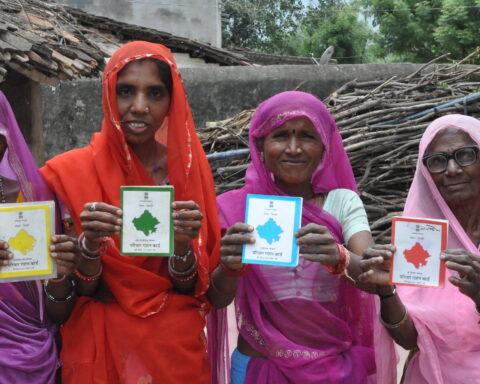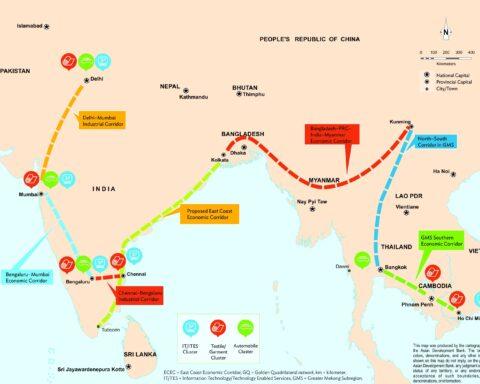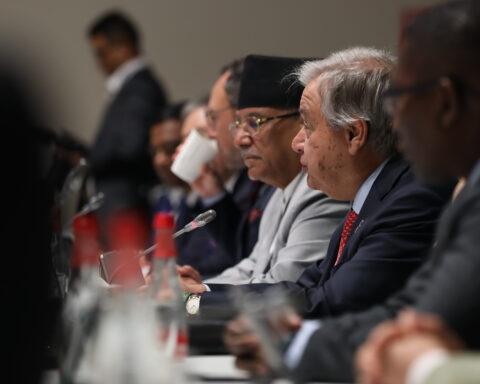The Climate Policy Initiative (CPI India) issued the latest report on India’s first attempt to track green investment flows, which fall far short of the country’s current needs for its ambitious climate goals.
According to the report, “Landscape of Green Finance in India”, tracked green finance in 2019-20 stood at Rs 309 crore ($44 billion) per year, which is less than a quarter of the Indian needs.
The report estimates that for India to meet its Nationally Determined Contributions (NDC) under the Paris Agreement, the country will need around Rs 162.5 lakh crore ($2.5 trillion) from 2015 to 2030, or around of Rs 11 lakh crore per annum. 170 billion dollars) is required.
The evaluation of financial flows has been estimated for key real economy sectors like clean energy, clean transport and energy efficiency. The study tracks both public and private sources of capital — domestic as well as international — and builds a framework to track the flow of finance right from the source to the end beneficiaries through different instruments with an emphasis on bottom-up approaches based on actual flows rather than commitments, providing the most accurate analysis to date of where India’s climate finance stands, the finance gaps it faces, and the opportunities that lie ahead.
This year, the report also provides the first assessment of adaptation finance for selected sectors.
“The report shows increased flows to renewable energy sectors. This indicates the positive role policy support has had on the renewable sector. We would also hope to see a similar role in other sub-sectors like distributed renewable energy – rooftop solar and clean mobility,” said Neha Khanna, Project Manager and Lead Author, Climate Policy Initiation.
In 2021, India has put forward higher ambitions for climate action. It announced Panchamrut’s goals, which include adding 500 GW of power capacity from non-fossil fuels and meeting 50% of its power needs from non-renewable sources.
Such enhanced ambition requires the mobilization of green finance at a much faster pace.
While the green investment landscape does not look promising, in the two years since the initial CPI report, financial inflows have grown by 150% between 2017-2018 and 2019-2020. Within the overall growth, public sector receipts increased by 179% and private sector receipts increased by 130%.
This reflects a greater commitment from public sources, both national and international.

